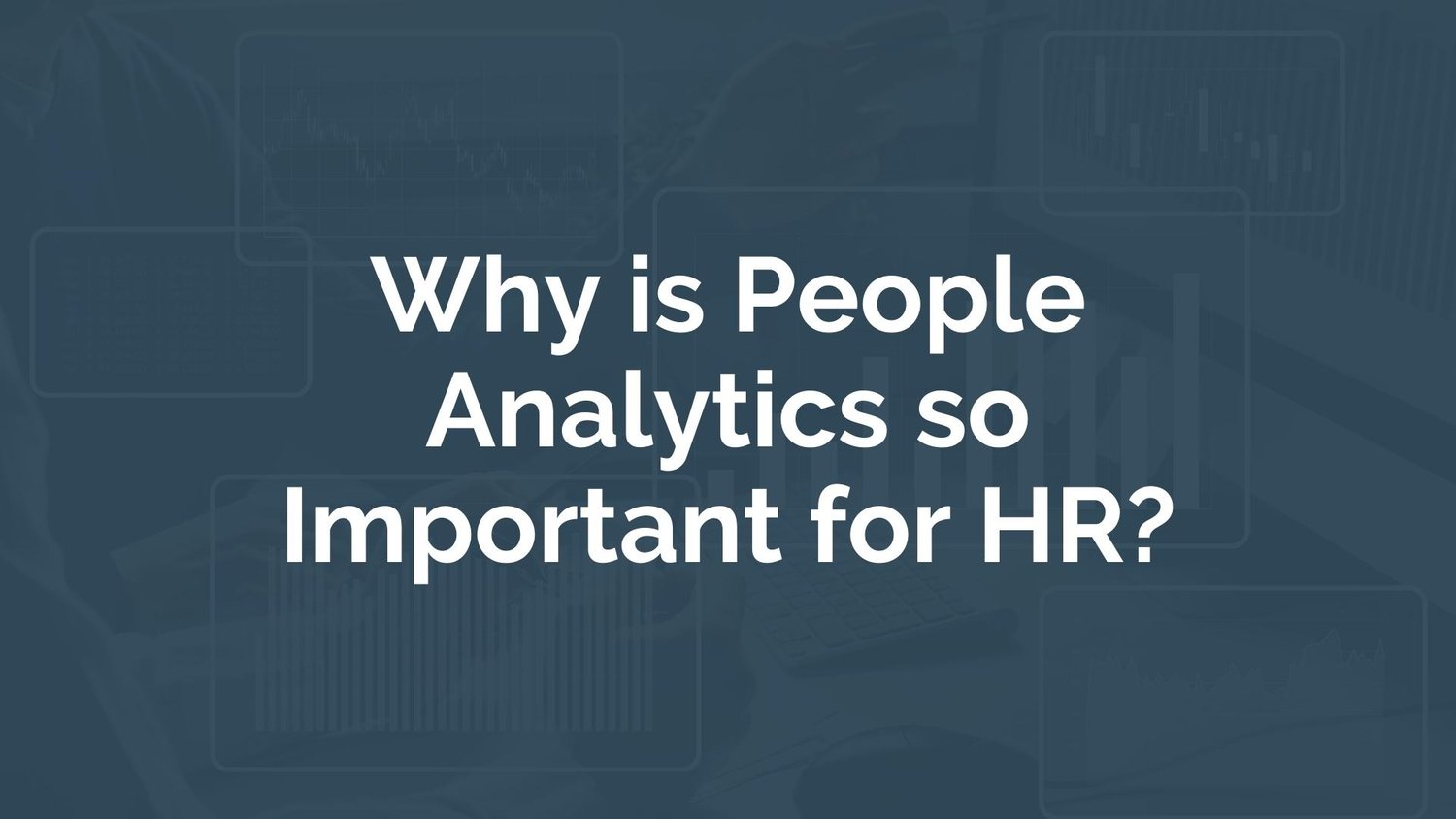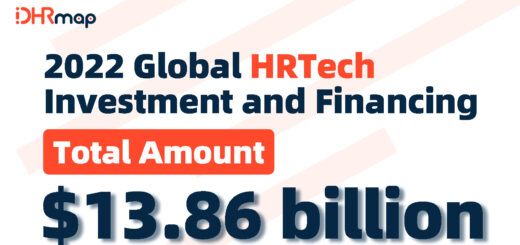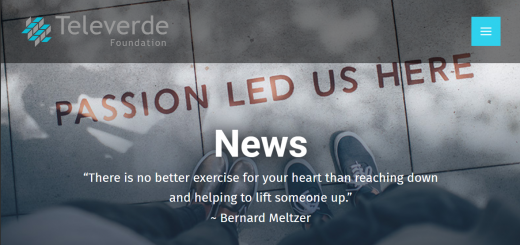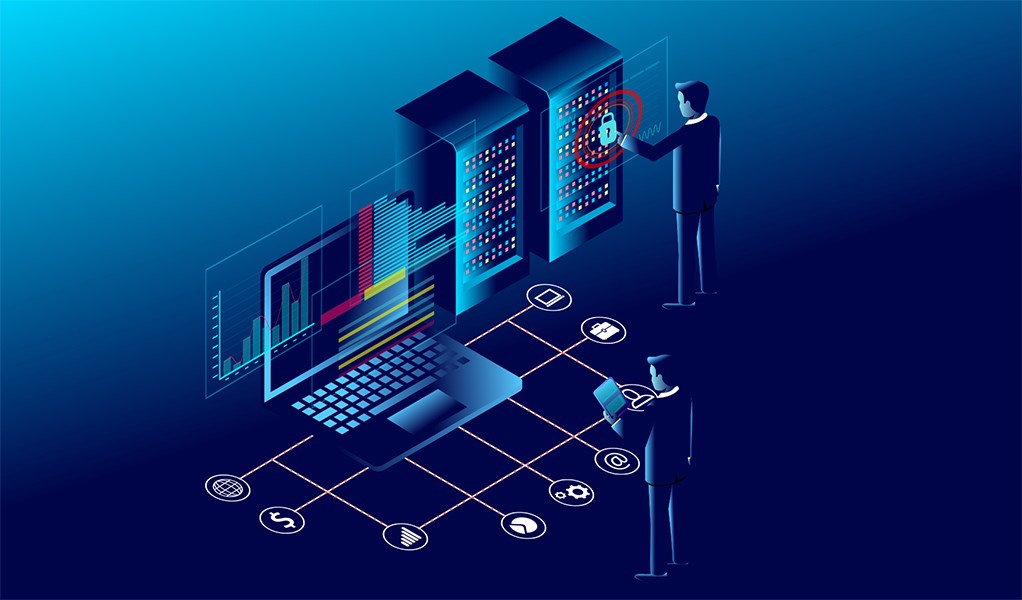Why is People Analytics so Important for HR?

Today’s labour market is tight. Because of the change of environment brought on by the pandemic, social unrest and the great resignation, business leaders and HR professionals are working to learn more about people analytics and how it can help keep them not only stay competitive but also stay on top of the needs of their employees.
What is People Analytics?
As defined by Jonathan Ferrar in his online learning course “Getting started with People Analytics”, People Analytics is:
“the discovery, interpretation and communication of meaningful patterns in workforce related data to inform decision making and improve performance”.
The primary role of a people analytics team is to provide the organisation with insights that allow them to make better business decisions, thus improving business performance, while simultaneously improving the employee experience and well-being. Essentially people analytics focuses on people and the impact they drive, it provides an outside-in view of the value that HR delivers to the business.
Historically, analytics in HR had been largely focused on tracking basic HR metrics or providing reports to managers on headcount and attrition. However, people analytics teams are now focusing more and more on using data to understand every part of how people impact business value and operations, embedding analytics into real-time applications and the way we work to derive insights and support the business in making data-driven decisions.
How has People Analytics evolved over the years
Before the 90s, HR was mostly involved with administrative processes. Associates who worked in this profession were mainly responsible for dotting “I’s” and crossing “T’s” and when they gave advice it was based on past experience and working knowledge of people management. Their roles were more reactive, handling issues as they arose such as a filling job opening, orientating new hires, documenting disciplinary actions due to lack of performance or filing paperwork for an employee resigning.
But as time progressed, so did the understanding that HR could be proactive. Finding that human behaviours could be measured and evaluated to produce best practices grew the interest with incorporating data into business decisions. Hence was the start of people analytics that though was slow to grow in the beginning is now seeing accelerated interest derived from the quickly changing work environment.
In research published by Insight222 People Analytics Trends 2021 Report 61% of companies increased their people analytics team size over the last 12 month. A forward look into the next 18-24 months, our research indicates that investment in people analytics teams will become even stronger. Of 114 companies surveyed in 2021, only one company predicts that the size of their people analytics team will decrease in the coming 12 months. Only one!
What is the importance of People Analytics in HR?
Using data to drive discussions creates the potential for people analytics to make informed decisions around how companies should adapt their practices throughout all factions of HR, from recruitment, retention, performance management, employee engagement and more. Because of people analytics, vital questions are being asked, as Patrick Coolen of ABN AMRO says:
“If I was to prove very quickly that people analytics, how we just defined it, is beneficial for our business, it also is a good selling point within HR because they like that, of course. So, understanding what drives the business? What keeps them awake at night? What opportunities do they see? What language do they talk? It is very important to know and to understand. And I always like to tell the story that when we walked into a management team, in the early days of our journey, I just asked, would you like to understand how your workforce is influencing your business outcomes? And nobody says no to that question, of course. Although I haven’t found people who said no to that question. And that is a good starting point to start going into the discussion and go, how can we support that from our people analytics practice?”
How can People Analytics drive greater business value?
In leading companies, people analytics and insights are infused into the company’s operations and strategies, and externally play a leading role in the organisations advancing in their field. With a data literate skilled HR function, these companies focus on building the capability in consulting and influencing, product management and change management to a much greater extent. This shows their desire to make their solutions and predictions effective by focusing on:
Business outcomes are improved by people analytics, gathering and evaluating information that gives decision makers the tools they need to implement practices that drive their unique business and help them stay competitive.
From our research, we found that people analytics had the most business value with:
Diversity & inclusion – in an environment where employee and employers alike are aware of the importance of having a diverse staff and working to have everyone feel included, people analytic has a lot that can be offered with better hiring practices and improving steps to make everyone feel a part of the organisation.
Employee engagement & listening – with a new awareness of employee needs such as working for a place with shared beliefs, needing a more flexible schedule, wanting assistance with career advancement and preference to hybrid work, people analytics has assisted companies draft policies through actively hearing what employee have asked for so they can be happier and more productive.
Workforce experience encompasses the entire experience the employees undergo from application to the last day of work and after. As perceived by the employee, there are several factors that with the right data collected and evaluated can make this process effective. From this, companies can determine if they have the capacity to be productive and the skillsets among their employees.
HR processes – should be clear and easy to follow, without much hassle to perform. People analytic assist with evaluating what processes work, what processes don’t and how those processes can be improved to make hiring, onboarding, L&D or performance review streamlined.
Working systems – should be in place for employees to work as efficiently as possible. Taking evaluation of current or future technology, people analytics can work to continue creating a productive environment and staff to meet a company’s growth or shift in business.
Skill sets – by evaluating the changing talent marketplace and the internal shift of work, people analytics gives HR professionals the insight to source for talent before the need becomes pertinent or to upskill current employees for upcoming roles or to reskill employees to shift them to new roles when their current job becomes obsolete.
Company culture can see substantial improvements when people analytics gets involved and determines if everyone is on the same page by having the same goals and working under the same mindset. By evaluating the “pulse” of the organisation, managers and HR leaders can have real time knowledge so as to make big or small changes to better direct the culture to the path that drives best business value.
People analytics has surprised many with how if offers business value on all aspects of HR and business goals. People analytics gives crucial insight that otherwise would not be explored. As described by Guru Sethupath of Capital One:
“It is absolutely incredible when we can go take an insight or an idea that transforms how someone thinks about the decisions they make. I can’t tell you the number of times I have had people being like, gosh, I didn’t know HR could do this. I didn’t know we had this kind of data, and I didn’t know we could draw kinds of insights, and this has changed my thinking on this topic.” …” That is kind of what you aspire to in this space. I just think as more and more people, business leaders, get exposed to this function and get to interact with this function, you just see the light bulbs click and see how it transforms their view around talent, organisations, decisions that they make.”
Why does HR need to be insight driven?
For HR professionals to be most effective in the work they provide for all the stakeholders they serve, they need specific skills for the new environment. Being insight driven gives them the bases to perform their role in the changing face of HR and the exciting turn to people analytics.
Insight driven checks all the boxes.
To deliver results – with the proper data, you can clearly determine the solution to a company challenge and determine the best possible path for overcoming the problem.
To be taken seriously – by having at hand the information that backs up the conclusions you have, it is harder for senior leaders to dismiss your advice.
To drive business value change – with the right information at hand, you have the expertise to be a champion of change that assist the company to reach its goals, whether it is to develop a positive employee experience, lower turnover, improve reskilling or create more productive teams.
To have the skills to deliver – means you have the mindset to take what you see and evaluate it in such a way that taking into account the big picture, you are capable of making best use of the data, by knowing what to collect, how to evaluate it and how to rightfully interpret it without bias or assumptions.
Key Takeaway
Once it is understood the importance of people analytics at the workplace and how it can benefit businesses, the next step is to develop a data driven HR. You need to evaluate the current level of HR analytic expertise you and your staff possess. Next is to determine how analytically savvy, open minded and willing people are to the data backed process. Then comes the necessary training to develop the data driven skills and confidence required to be successful at implementing people analytics for people management.
SOURCE Why is People Analytics so Important for HR? | myHRfuture


